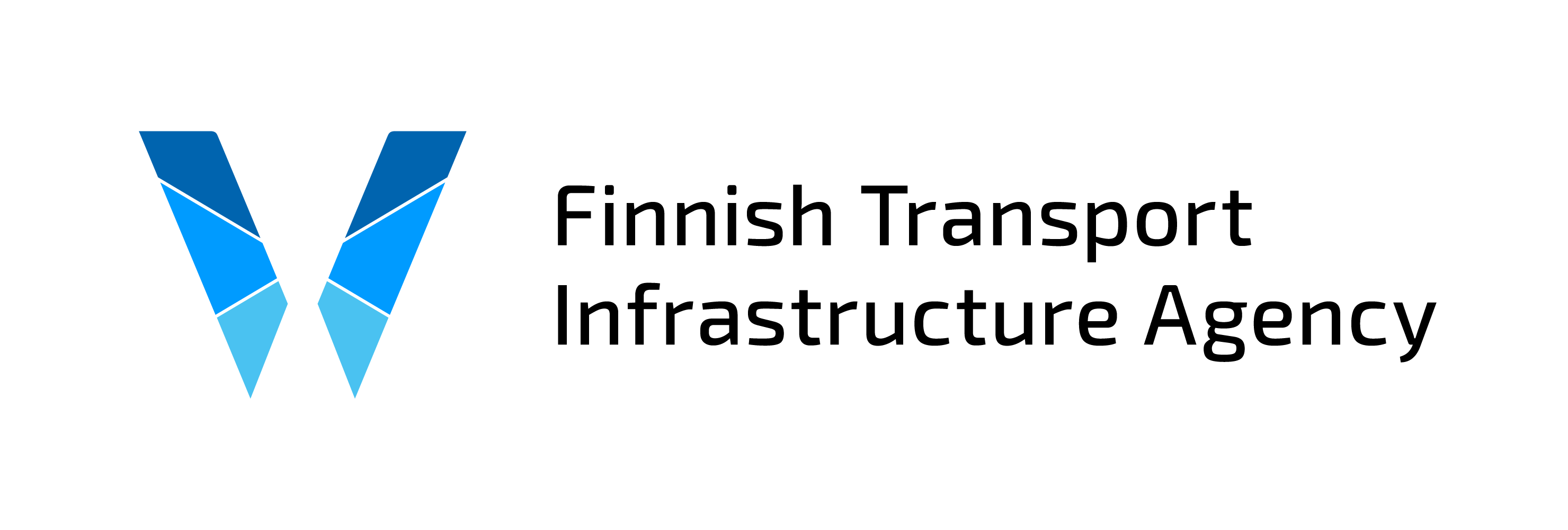Accident prevention is important in order to improve the environmental protection and to achieve safer and smoother vessel traffic. Thanks to the new ENSI system (Enhanced Navigation Support Information) the Vessel Traffic Services are given access to vessel's route plans, and vessels obtain data in electronic format. In this way maritime safety can be improved and the risk of oil spills reduced.
Watch the video of the ENSI service.
Every year over 40,000 vessels trade in the Gulf of Finland, and more than 7,000 of these are oil tankers. The growing volumes of traffic and transported oil have significantly increased the risk of a serious oil spill. Other challenges for seafarers are the crossing traffic between Helsinki and Tallinn, the shoaly waters and winter ice conditions.
The ENSI service will be introduced in 2013 on oil tankers trading in the Gulf of Finland. The service can be expanded to cover all types of vessel traffic. The Finnish Transport Agency is also planning to introduce this service on other merchant vessels and in the passenger traffic in order to use the service to its full potential.
The ENSI service is developed through cooperation
The ENSI service has been developed through collaboration between John Nurminen Foundation and the Finnish Transport Agency. The Finnish Transport Agency is responsible for realizing, maintaining and further developing the system. John Nurminen Foundation coordinates the project cooperation. In addition, the foundation arranges the implementation of the service on the oil tankers trading in the Gulf of Finland by giving support and instructions to the vessel crews and by delivering the terminal devices.
The four-year project is carried out in cooperation with maritime key actors. The most important partners are the Meteorological Institute, Neste Oil and the Finnish Transport Safety Agency Trafi. Other cooperative partners are e.g. those producing navigational data for the vessels, equipment manufacturers and research institutes.
